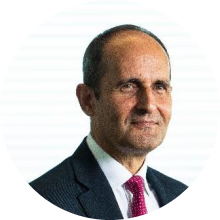XLoD Global - London 2023: Keynote Interview

The Rt Hon, Liz Truss MP,
Former Prime Minister of the United Kingdom
Liz Truss was interviewed on her time as Prime Minister, as well as her time as Environment Secretary and then Minister for Women and Equalities. It was a one-of-a-kind opportunity to hear first-hand about her experiences during her years in ministerial office and her perspective on leadership.
XLoD Global - London 2023: Confirmed Keynotes

Executive Director, Risk & Compliance Oversight, Financial Conduct Authority (FCA)
Innovation & Collaboration: Advancing Non-Financial Risk Management Across the 3 Lines of Defence
XLoD Global - London returns stronger than ever, bringing together the most senior leaders in financial services to explore the evolving landscape of non-financial risks, enterprise wide. Join us for this prestigious event as we delve into the latest challenges and best practices across the 3 lines of defence.
- Enhancing Collaboration in the 3 Lines: Explore the importance of collaboration between the 3 lines of defence and gain insights into successful strategies for fostering effective communication, alignment, and coordination among risk management functions, ensuring a holistic approach to risk management.
- Harnessing Technology for Advanced Risk Management: Discover the latest advancements in technology that are revolutionizing non-financial risk management. Explore how banks can leverage these innovations to enhance risk assessment, monitoring, and reporting capabilities, enabling proactive risk identification and mitigation.
- Navigating Change: Learn from industry experts on how financial institutions can effectively navigate the ever-changing landscape of risk management, considering the impact of emerging technologies, continually growing regulatory expectations, and global market dynamics.
- Sharing Best Practices: Benchmark your risk management practices against industry leaders and discover innovative approaches to risk management. Engage in discussions with peers from global financial institutions, exchange ideas, and gain valuable insights into the best practices that are driving success in the 3 lines of defence.
Come away with:
- Insights into how the world's leading institutions are overcoming the biggest challenges facing you right now
- New relationships with global peers and a network of contacts within financial institutions and regulators
- Actionable ideas that can be implemented in your organisation
- A preview of where regulation and requirements are headed in the future
- Learn how leading institutions are managing the complex working environment
- Identify ways to increase efficiency and leverage optimisation within your institution
- Discover ways your institution can take a more intelligent approach to the identification and management of non-financial risk
- Increase your knowledge by hearing from and interacting with your peers leading the risk and control functions
- Stay abreast of the latest technological and strategic thinking with the leading consultants and technology vendors exhibiting their services
Who is XLoD Global for?
XLoD Global is the world’s largest event dedicated to Managing Directors, Directors and Heads of Functions leading the following non-financial risk functions at financial institutions:
1LoD COOs and Business Managers (Front Office), Chief Control Officers, Divisional Control Officers, Managing Directors, Directors, Head of: Front Office Risk and Control, Business Unit Risk Management, Business Risk Controls, Supervision, Risk/Risk Assessment, Control Testing, Market Abuse,1st Line Surveillance Functions, Culture & Conduct
2LoD Chief Compliance Officers, Chief Risk Officers, Chief Data Officers, CISOs, Managing Directors, Directors, Head of: Compliance, Compliance Testing / Compliance Monitoring, Control Assurance, Compliance Advisory, Risk Technology, Operational Risk, Surveillance / Compliance Surveillance, Market Abuse Surveillance Functions, Governance, Legal, Financial Crime, Regulatory Risk, Resilience Risk, BCP, Third Party Risk Management, Cyber, ESG risk, Data, Data Analytics, Cloud Adoption, Innovation, AI
3LoD Chief Internal Auditors, Managing Directors, Directors & Heads of Internal Audit, Heads of Financial Crime Internal Audit, Governance and Control Audit, Compliance Audit, Regulatory Audit, Change Audit, Risk Audit, Culture & Behavioural Audit
What will be covered at XLoD Global?
- Right-sizing the 1st line
- Regulatory risk
- Control automation
- Supervision
- Opportunities to digitise controls
- Culture, conduct and behavioural science
- Market abuse surveillance
- Role of the 1st line in identifying misconduct
- Real time risk identification
- Evolving risk and control operating models
- Managing control transformation programmes
- More effective data management and analytics
- Improved collaboration with the business and across the 3 lines
- Building the “Future Fit” internal audit function
- ESG risk
- Resilience risk
- Digital assets risk
What your industry colleagues think of XLoD Global

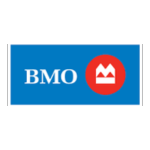
Congrats folks 1LoD. Great conference. Relevant content. And so valuable to be in person. Michelle Liposky, Managing Director & Head, Business Risk and Solutions, BMO Capital Markets







-new.png)



Sponsorship
Do you have a product or service that could benefit the XLoD Global audience?
-
Then join the leading firms that are benefiting from the sponsorship and marketing opportunities available.
Contact Andrew Lennon now for details:
andrew.lennon@1lod.com
+44 (0)7914 215 980
When & Where
Wed 13 Nov & Thu 14 Nov 2024 - In-person days
9:00 AM - 7:00 PM GMT
Convene Sancroft, St. Paul’s
1 Paternoster Square
London, EC4M
Lead Sponsors 2024

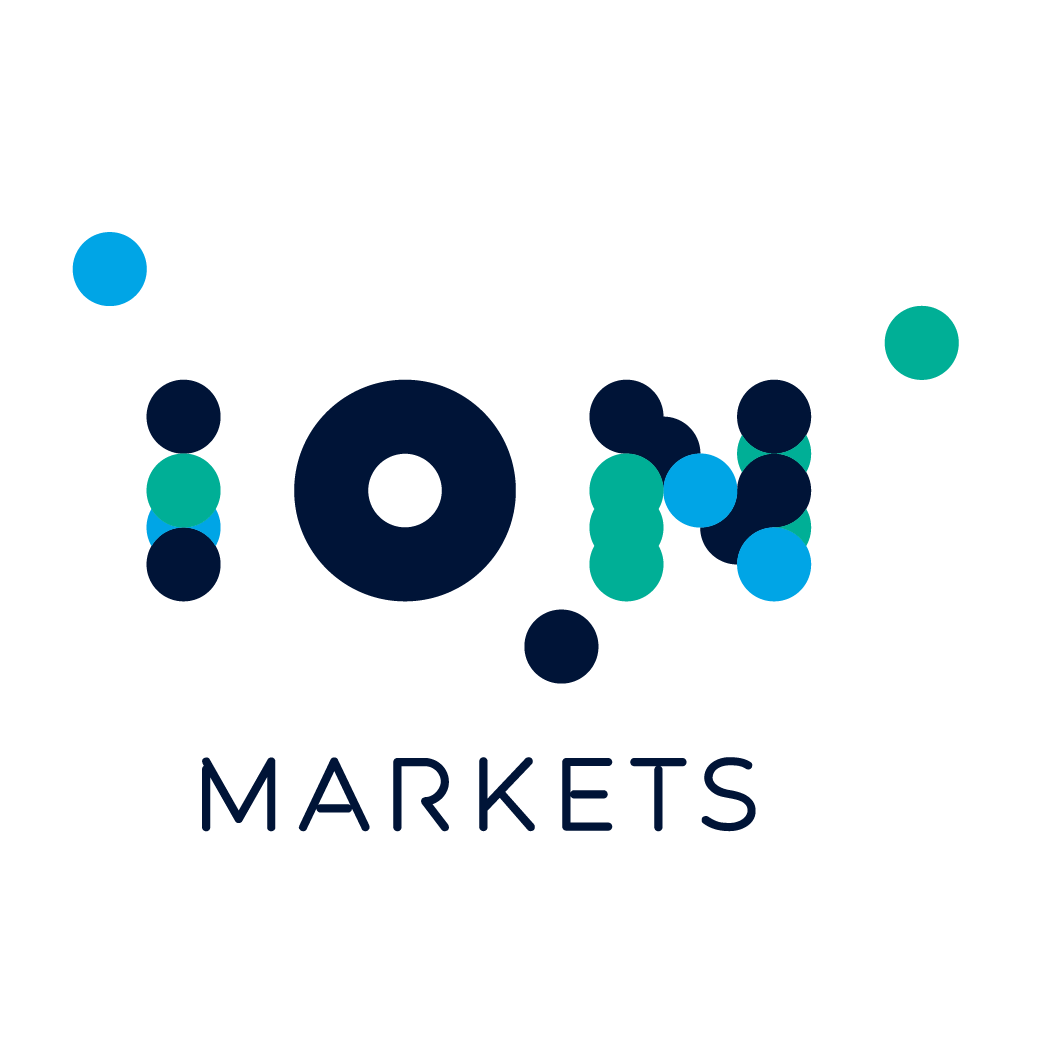

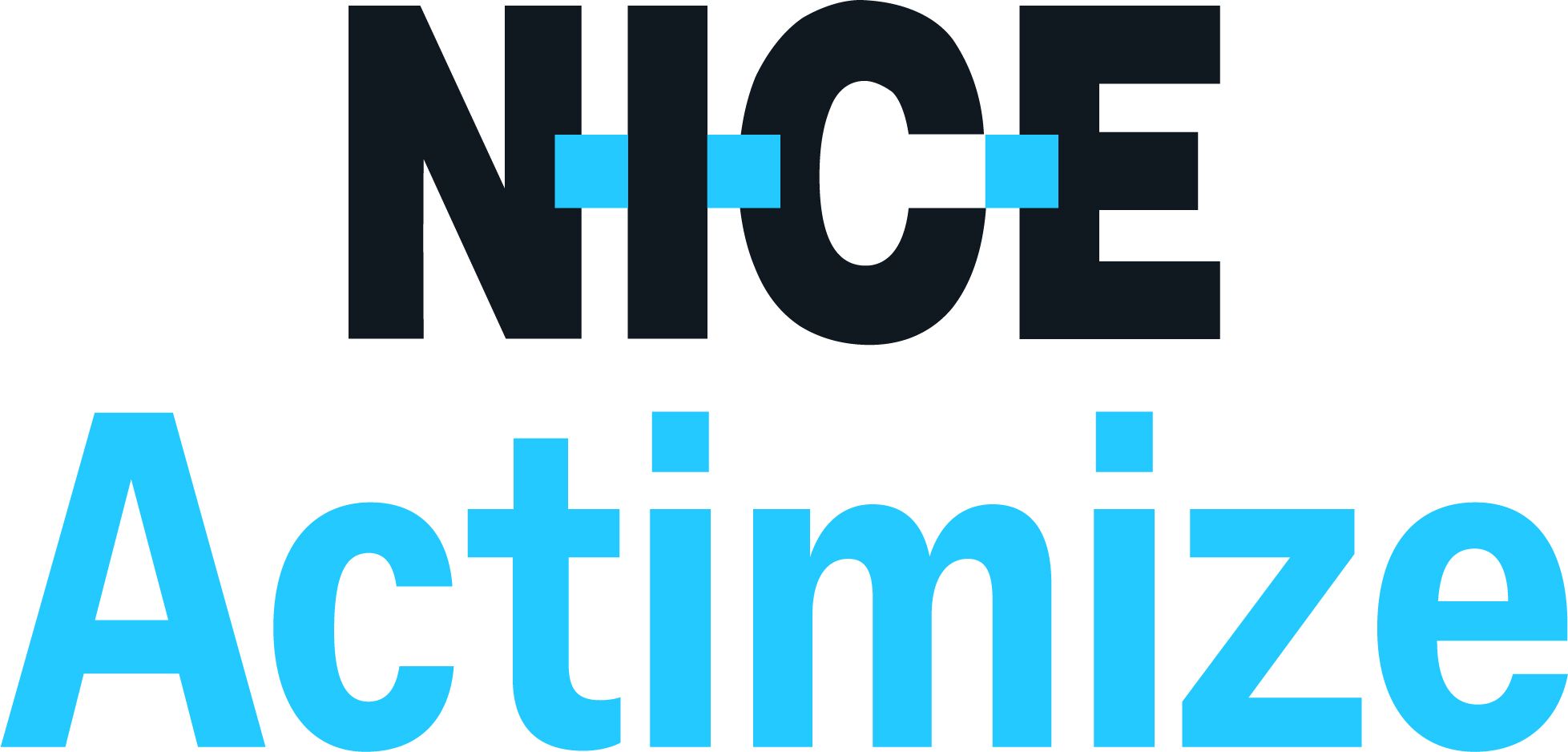
.png)


Co-Sponsors 2024






Associate Sponsors 2024

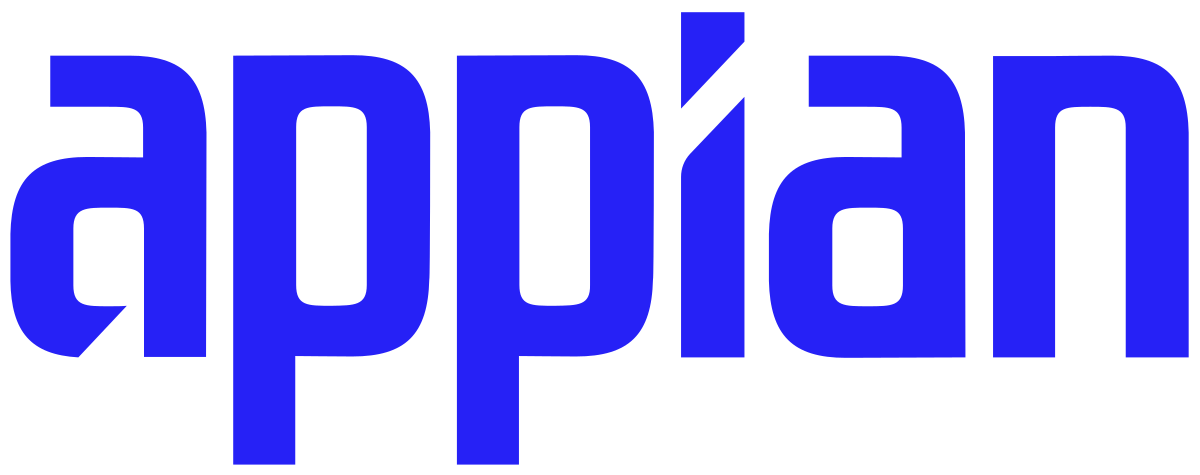
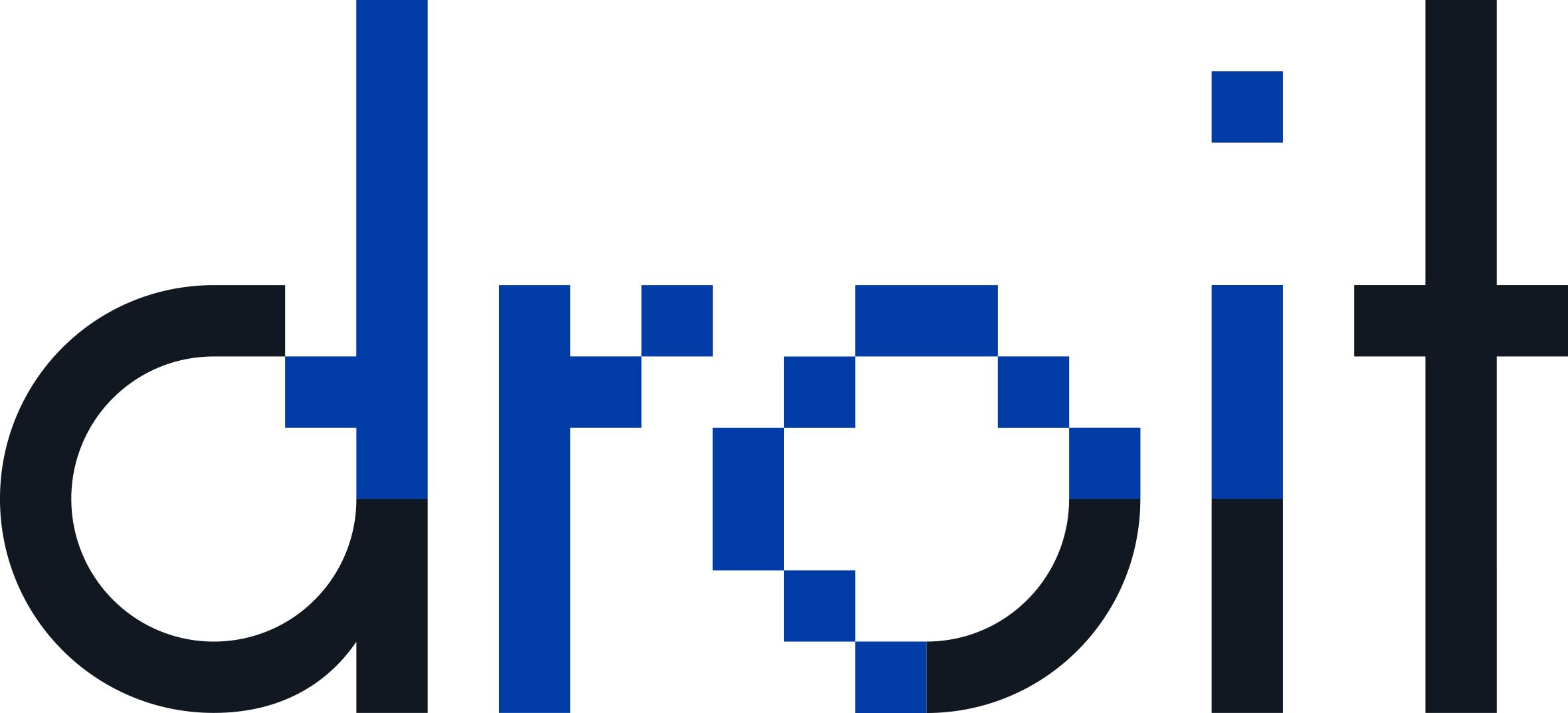

.png)
.png)

.png)
Exhibitors 2024
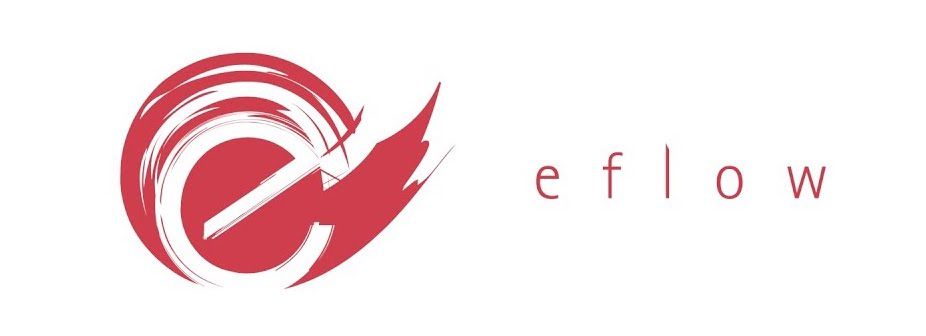


.jpg)
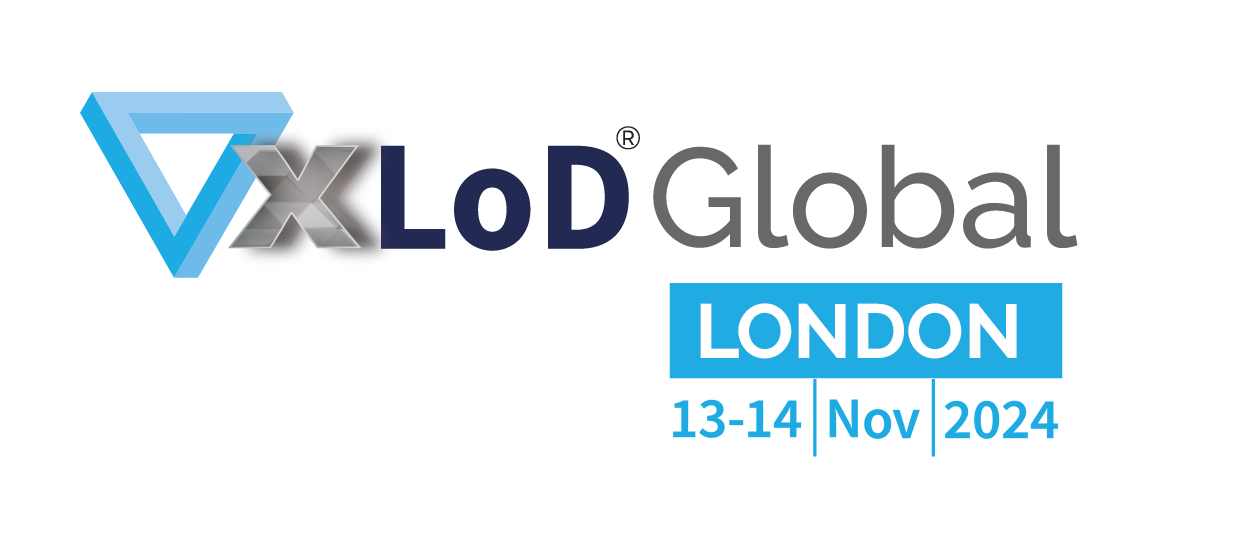

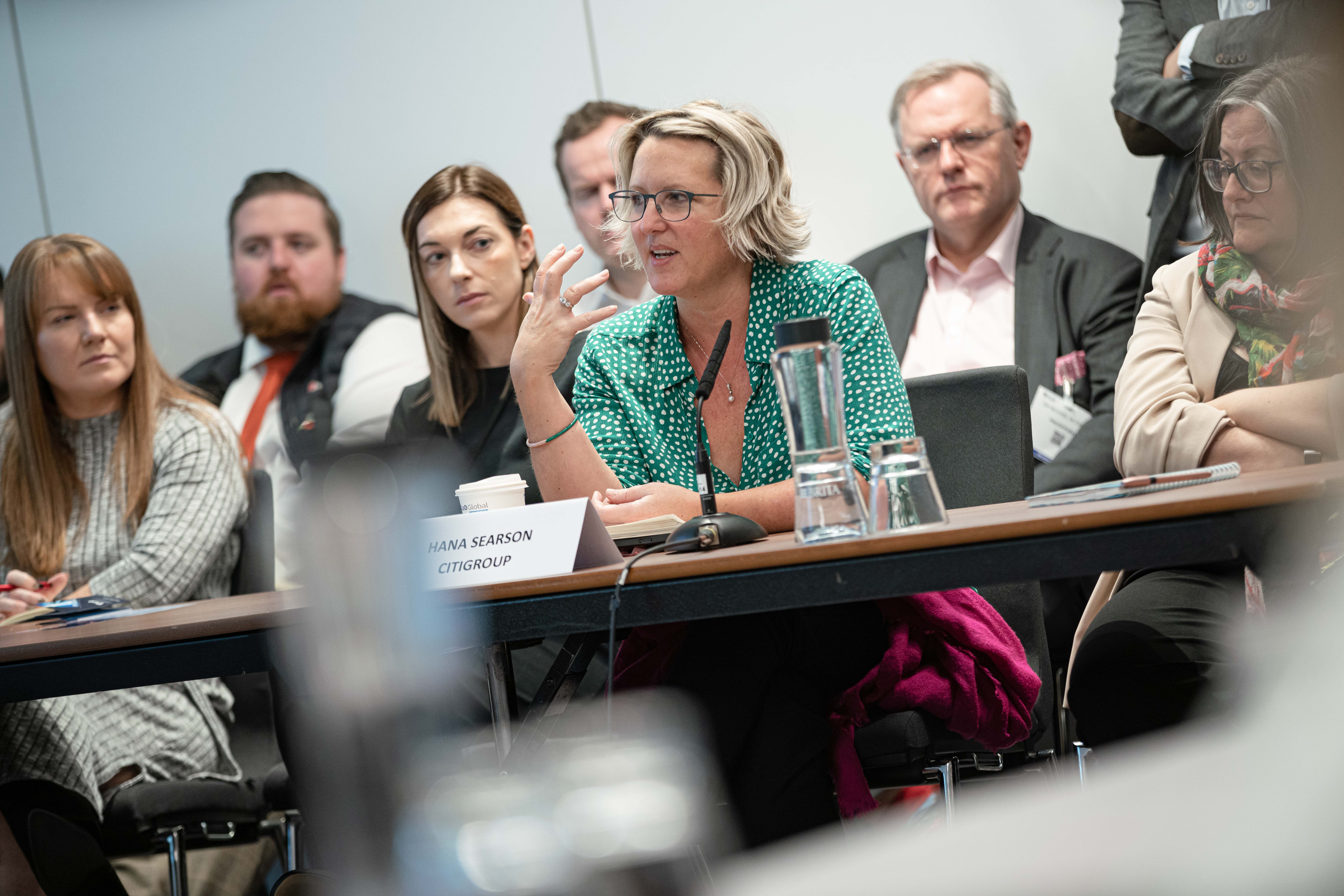
.jpg/fit-in/500x9999/filters:no_upscale())
.jpg/fit-in/500x9999/filters:no_upscale())
.jpg/fit-in/500x9999/filters:no_upscale())
.jpg/fit-in/500x9999/filters:no_upscale())
.jpg/fit-in/500x9999/filters:no_upscale())
.jpg/fit-in/500x9999/filters:no_upscale())
.jpg/fit-in/500x9999/filters:no_upscale())
.jpg/fit-in/500x9999/filters:no_upscale())
.jpg/fit-in/500x9999/filters:no_upscale())
.jpg/fit-in/500x9999/filters:no_upscale())
